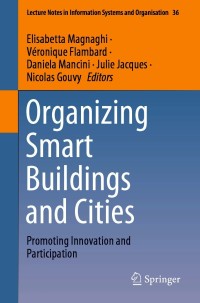Question
https://www.annualreports.com/HostedData/AnnualReportArchive/g/NYSE_GIS_2006.pdf Financial documents are in this pdf since it is not possible to upload the chart here. If it is needed to upload to here
https://www.annualreports.com/HostedData/AnnualReportArchive/g/NYSE_GIS_2006.pdf
Financial documents are in this pdf since it is not possible to upload the chart here. If it is needed to upload to here ll make changes.
General Mills, Inc. was incorporated in Delaware in 1928, which is now a leading producer of packaged consumer foods. The company has three segments: U.S. retail (i.e., grocery stores, mass merchandisers, club stores, specialty stores and drug, dollar and discount chains operating throughout the United States), international (i.e., retail business in Canada, and retail and foodservice businesses in Europe, Latin America and the Asia/Pacific region), and bakeries and foodservice (i.e., products marketed throughout the United States and Canada to retail and wholesale bakeries, commercial and noncommercial foodservice distributors and operators, restaurants, and convenience stores). (Source: Company 2006 Form 10-K or Annual Report
1) What financial statements are required to be prepared for external reporting purposes? What are the exact title did General Mills give these statements? Why does the word consolidated mean here?
2) Who were General Mills external auditors? What type of auditors opinion was received by General Mills? What caution do we need to put on auditors opinion?
3) Refer to General Mills balance sheet of 2006
a. Show that Assets=Liabilities + Equity. What were the companys major assets? Does this seem appropriate for companies like General Mills? Calculate the proportion of current and noncurrent assets for 2006. Generally speaking, what are intangibles? Whats goodwill? Hows goodwill generated? What other intangible assets might the company have? How did the company get finance from outside? Whats the major way?
4) Refer to General Mills 2006 Statement of Earnings
a. How did the company recognize revenue? Is it consistent with revenue recognition principle?b. Why did the company separately list Restructuring and other exit costs, Divestitures, and Debt repurchase costs? Why didnt the company combine those costs with Selling, general and administrative expenses?c. What were the major expenses of the company? Where was the shipping expenses (i.e., expenses occurring during selling) included?
5) Refer to General Mills 2006 Statement of Cash Flows
a. Which section of the statement of cash flows reflects the lifeblood of the company? How much cash did the company use for purchase land, building and equipment? How much dividend did the company pay?6) The company used estimates when recognizing some items on its financial statements. List those balance sheet accounts (at least two accounts) whose recognition needs managers estimates.
Step by Step Solution
There are 3 Steps involved in it
Step: 1

Get Instant Access to Expert-Tailored Solutions
See step-by-step solutions with expert insights and AI powered tools for academic success
Step: 2

Step: 3

Ace Your Homework with AI
Get the answers you need in no time with our AI-driven, step-by-step assistance
Get Started


